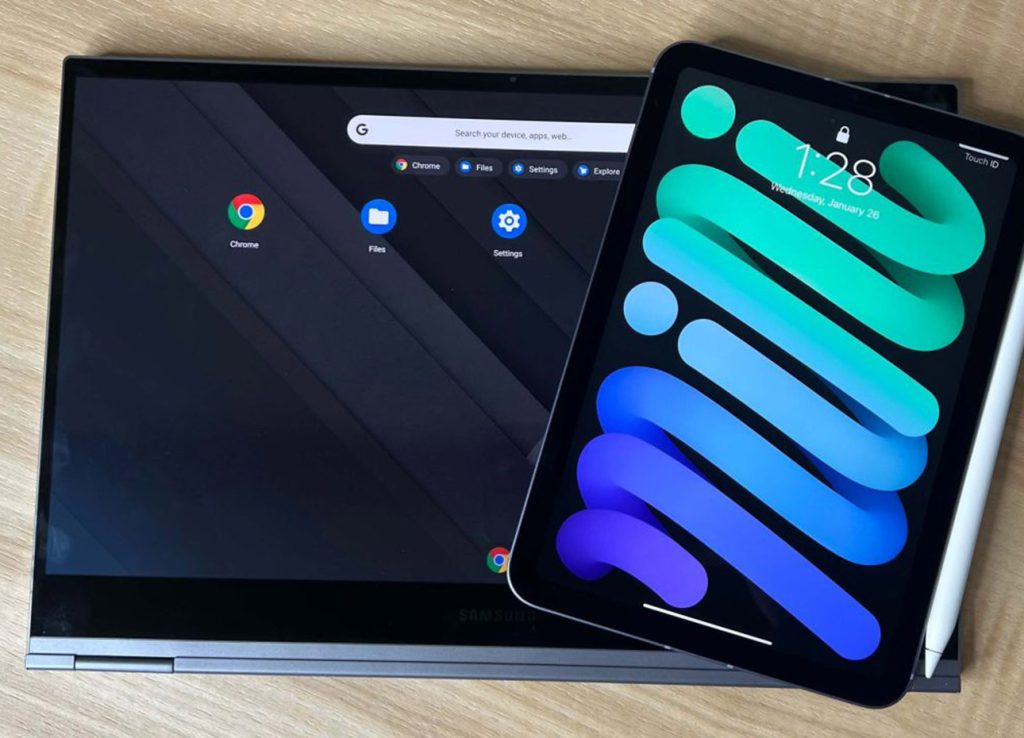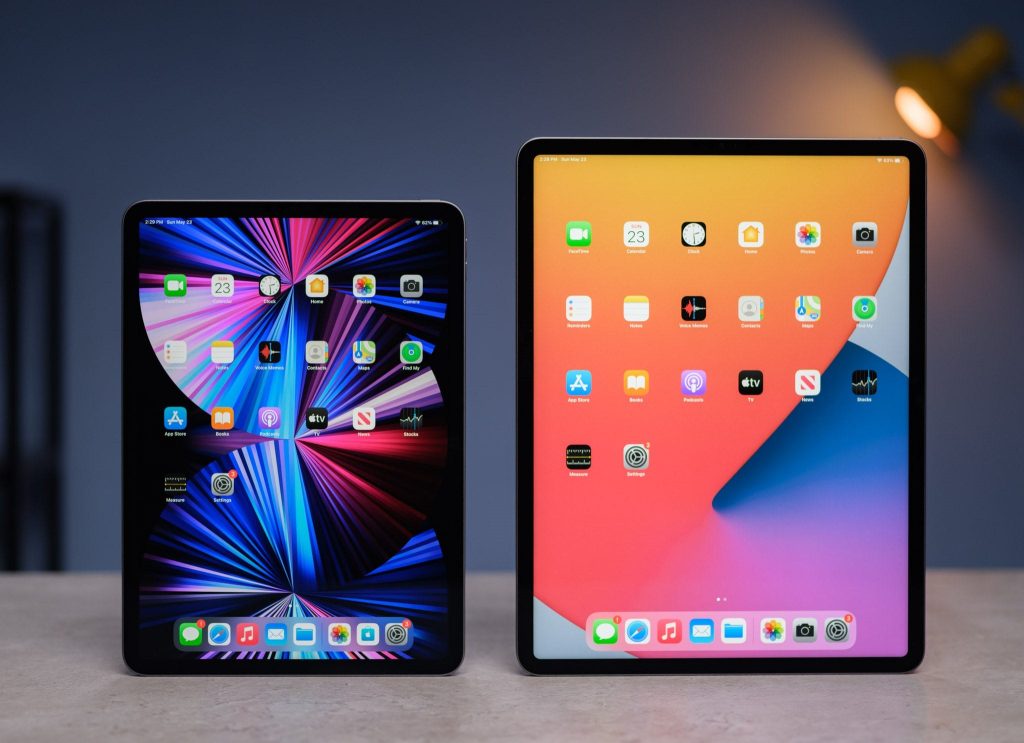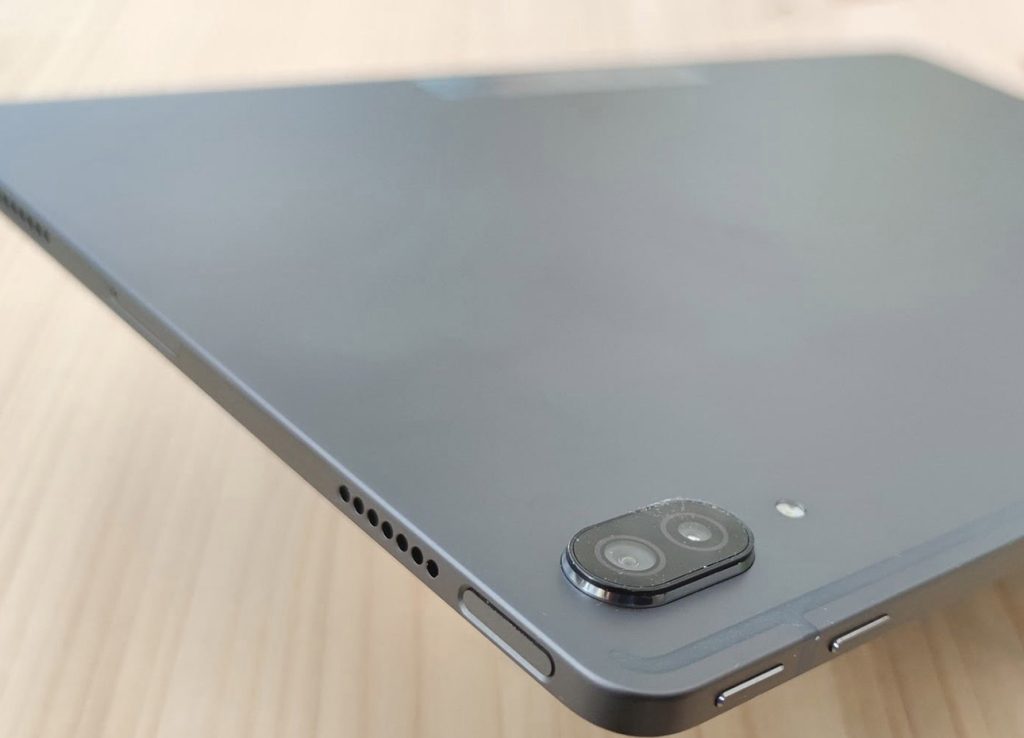
iPad vs. Android Tablets: Which Tablet Is More Suitable for You?
In recent years, tablets have surged in popularity, becoming an indispensable part of our digital lives. They bridge the gap between the convenience of smartphones and the functionality of laptops, offering a versatile computing experience in a portable form factor.
The Importance of Choosing the Right Tablet:
Selecting the perfect tablet is paramount as it significantly impacts how you consume media, work, and engage with technology on a daily basis. With a myriad of options available in the market, making an informed decision that aligns with your specific requirements is crucial. Whether it’s for work, entertainment, creativity, or general use, choosing the right tablet tailored to individual needs can drastically enhance your overall digital experience.
When delving into the tablet landscape, two dominant players stand out: Apple’s iPad and a wide array of Android-based tablets. The iPad, powered by Apple’s proprietary iOS operating system, offers a seamless and integrated ecosystem, known for its reliability, performance, and streamlined user experience. On the other hand, Android tablets, running on the versatile Android OS, come in various models from different manufacturers, offering flexibility, customization, and diverse hardware options to cater to varying user preferences.
The upcoming sections will delve deeper into the specifics of iPad and Android tablets, exploring their respective operating systems, hardware capabilities, app ecosystems, multimedia experiences, and more, to help you make an informed decision regarding which tablet best suits your individual needs and preferences.
Operating Systems: iOS vs. Android
iOS (iPad): Advantages, User Interface, and Ecosystem
Apple’s iOS, powering the iPad, offers a distinct set of advantages, emphasizing a cohesive and user-friendly interface:
User-Friendly Interface and Consistency Across Apple Devices: iOS is renowned for its intuitive and sleek interface, designed for seamless navigation and ease of use. It ensures consistency across Apple’s ecosystem, enabling users to transition effortlessly between their iPad, iPhone, Mac, and other Apple devices, thanks to its uniform design language and shared functionalities.

App Store and Exclusive Apple Services: The App Store for iPad provides a vast array of optimized applications, particularly tailored for the iPad’s larger screen. Additionally, exclusive Apple services like Apple Pencil support, iCloud for seamless data synchronization across devices, and the robust suite of Apple-first applications enrich the overall iPad experience.
Regular Software Updates and Security Features: Apple consistently rolls out software updates for its devices, ensuring that iPads receive the latest features, performance enhancements, and security patches promptly. iOS boasts stringent security measures, safeguarding user data with features like Face ID, Touch ID, and encryption protocols, enhancing user privacy and protection.
Android Tablets: Customization, Flexibility, and Diverse Options
Android, the operating system powering a multitude of tablets, offers a more diverse and customizable experience:
Customizability and Diversity in Hardware Options: Android tablets provide extensive customization options, allowing users to personalize their devices according to their preferences. Moreover, Android tablets come in a wide range of form factors and hardware configurations from various manufacturers, catering to diverse user needs and budgets.
Google Play Store and Integration with Google Services: Google’s Play Store hosts an extensive collection of applications, offering a wide variety of choices for users. The seamless integration with Google services like Gmail, Google Drive, and Google Assistant provides a cohesive ecosystem for users who rely heavily on these services.
Different Android Versions and Manufacturer Updates: One distinguishing aspect of Android tablets is the variety of Android versions across devices and the frequency of updates. While Google releases new versions regularly, device manufacturers differ in their approach to implementing these updates, which can lead to variations in user experience and access to the latest features.
Understanding the nuances between iOS on iPad and Android on tablets aids in making an informed decision based on individual preferences regarding user experience, app ecosystems, customization, and ecosystem integration.
Hardware and Design Comparison
iPad Hardware: Build Quality, Performance, and Accessories
Apple’s iPad hardware is synonymous with quality and performance:
Apple’s A-Series Chips, Retina Displays, and Quality Build: iPads are powered by Apple’s high-performance A-series chips, delivering exceptional speed and efficiency. The Retina Displays offer vibrant colors and sharp resolutions, enhancing the overall viewing experience. Furthermore, iPads are renowned for their premium build quality, offering a sleek and sturdy design.
Compatibility with Apple Accessories: iPads seamlessly integrate with a range of Apple accessories like the Apple Pencil and Smart Keyboard. The Apple Pencil allows for precise drawing, note-taking, and creative work, while the Smart Keyboard enhances productivity by transforming the iPad into a laptop-like interface.
Android Tablets Hardware: Variety, Performance, and Design
Android tablets exhibit diversity in hardware and design:
Diverse Range of Manufacturers and Designs: Android tablets come from various manufacturers, offering a broad spectrum of designs, sizes, and form factors. This variety allows users to choose from an array of options based on their preferences, including rugged designs, sleek models, and convertible tablets.
High-Resolution Displays, Processor Variations, and Expandable Storage: Many Android tablets feature high-resolution displays, providing crisp visuals for multimedia consumption and productivity. There’s a wide range of processor variations available, catering to different performance needs. Additionally, several Android tablets offer expandable storage options, allowing users to increase storage capacity via microSD cards.
Productivity and App Ecosystem
iPad: Productivity Tools, Applications, and Workflow
iPads excel in productivity tools and app integration:
Productivity Apps for Professionals: Apple’s suite of productivity applications like Pages, Numbers, and Keynote provides robust tools for document editing, spreadsheet management, and presentations, enabling professional-grade work on the go.
Creative Apps and Integration with Other Apple Devices: iPads offer a multitude of creative apps tailored for photo editing, graphic design, and music production. Moreover, their seamless integration with other Apple devices fosters a cohesive workflow, enabling users to effortlessly transition between devices.
Android Tablets: Productivity Apps and Integration
Android tablets offer their own set of productivity features:
Google Workspace Integration and Productivity Applications: With Google Workspace, Android tablet users can access a suite of productivity tools like Google Docs, Sheets, and Slides, facilitating collaborative work and document editing. The integration with Google services enhances productivity and cloud-based file management.
Creative Apps and Customization for Different User Needs: Android tablets boast a plethora of creative apps catering to diverse artistic pursuits. Their customization options allow users to personalize their tablets according to their preferences and workflow requirements, providing flexibility in usage.
Understanding the distinct hardware attributes and app ecosystems of iPads and Android tablets assists users in selecting the device that aligns best with their specific usage scenarios, productivity needs, and creative pursuits.
Multimedia Experience: Entertainment and Gaming
iPad: Media Consumption and Gaming Experience
Apple’s Superior Multimedia Experience: iPads offer an integrated and immersive multimedia experience. Services like Apple Music provide access to a vast library of songs, while Apple TV+ offers exclusive content for users’ entertainment needs.
Gaming Experience and Exclusive Titles in the App Store: The App Store houses numerous exclusive games optimized for the iPad, ensuring a premium gaming experience. These exclusive titles, along with the fluid performance of Apple’s hardware and dedicated gaming accessories, enhance the gaming landscape on iPads.
Android Tablets: Entertainment and Gaming Options
Diverse Multimedia Services and Apps: Android tablets provide access to a wide range of multimedia services such as Spotify, Netflix, Amazon Prime Video, and more. This diversity allows users to choose from various entertainment options based on their preferences.
Gaming Library and Compatibility with Various Controllers: The Google Play Store offers an extensive gaming library with various genres and titles. Android tablets support compatibility with a diverse range of gaming controllers, providing flexibility and personalization in gaming experiences.
Battery Life, Price, and Value for Money
Battery Life: iPad vs. Android Tablets
Battery life varies among different tablet models. iPads are known for their optimized battery performance, offering reliable battery life for prolonged usage. Android tablets also provide varying battery performance based on their hardware and usage patterns.
Price Range and Value Proposition
Cost Analysis: iPad Pricing vs. Android Tablets at Different Price Points: iPads generally tend to be positioned in the premium price bracket, offering high-quality build, performance, and ecosystem integration. Android tablets, on the other hand, encompass a wide price spectrum, ranging from budget-friendly options to higher-end models.
Value for Money and Considerations Based on Budget: While iPads are perceived as premium devices, they often come with a higher initial cost. Android tablets offer a diverse price range, allowing users to find options that align with their budget while still providing suitable features and performance for their needs.
Understanding the battery life, multimedia experiences, gaming options, and price variations between iPads and Android tablets aids users in making informed decisions based on their preferences, usage patterns, and budget considerations. Each platform offers distinct advantages, allowing users to choose the tablet that best suits their individual requirements and preferences.
Summary of Key Differences: iOS vs. Android Tablet Ecosystems
The comparison between iPads and Android tablets boils down to their respective operating systems, hardware compatibility, app ecosystems, and user experiences.

iPad’s iOS Environment
Ecosystem Coherence: Apple’s iOS ecosystem offers a seamless integration between devices, ensuring continuity in services and apps across Apple products.
App Store: The App Store boasts exclusive apps, a stringent curation process ensuring high-quality apps, frequent updates, and strong security measures.
Hardware and Accessories: iPads are designed in conjunction with Apple’s high-quality hardware and accessories, offering a cohesive and premium experience.
Android Tablet Environment
Customizability: Android tablets are known for their flexibility, allowing more customization options in software, appearance, and user interface.
Google Play Store: The Google Play Store offers a vast library of apps, diverse in categories and choices, along with integration with Google services.
Hardware Diversity: Android tablets come in various models from different manufacturers, offering a wide range of prices, designs, and specifications.
Factors to Consider in Choosing Between iPad and Android Tablets
Purpose of Usage: Assessing the primary use of the tablet, whether it’s for productivity, entertainment, gaming, or a mix of these.
Budget Consideration: Considering the budget constraints and aligning them with the desired features and performance.
Ecosystem Preference: Evaluating the preference for a tightly integrated and secure ecosystem (iPad) or a more customizable and diverse platform (Android).
For Users Favoring a Unified Ecosystem and Premium Experience: iPad
Professional Use: For professionals seeking a streamlined experience across their Apple devices.
Creative and Media Professionals: Those looking for a superior multimedia and creative experience, including artists, photographers, and videographers.
Long-Term Investment: Users willing to invest in a premium device for long-term usage, considering Apple’s frequent software updates and ecosystem integration.
For Users Preferring Customization and Diverse Options: Android Tablets
Budget-Friendly Options: For users seeking tablets across varying price ranges with diverse hardware options.
Customization Enthusiasts: People who prefer the flexibility to customize their device, user interface, and software settings.
Entertainment and Gaming: Those looking for a wide range of multimedia options and gaming choices outside Apple’s ecosystem.
